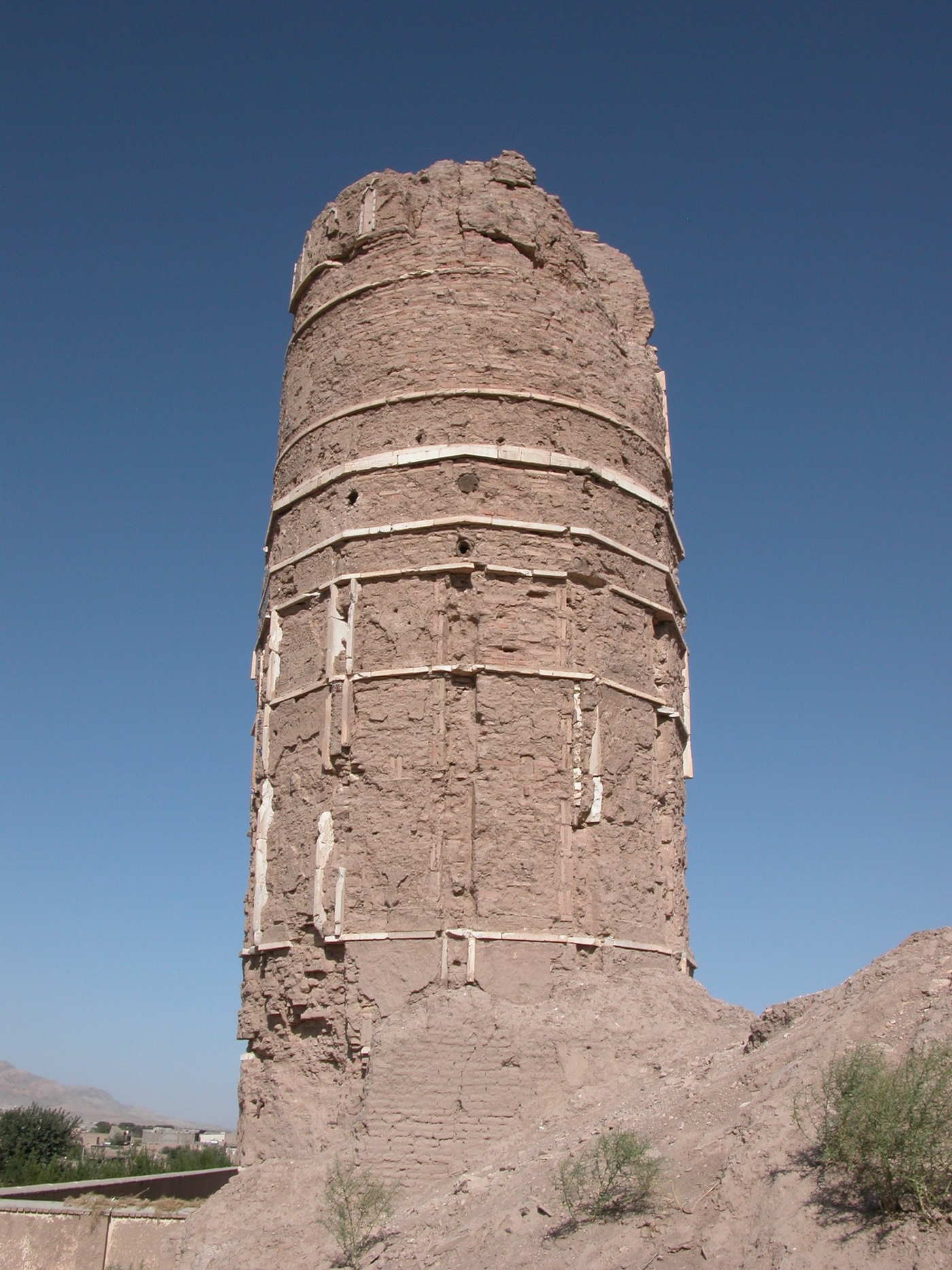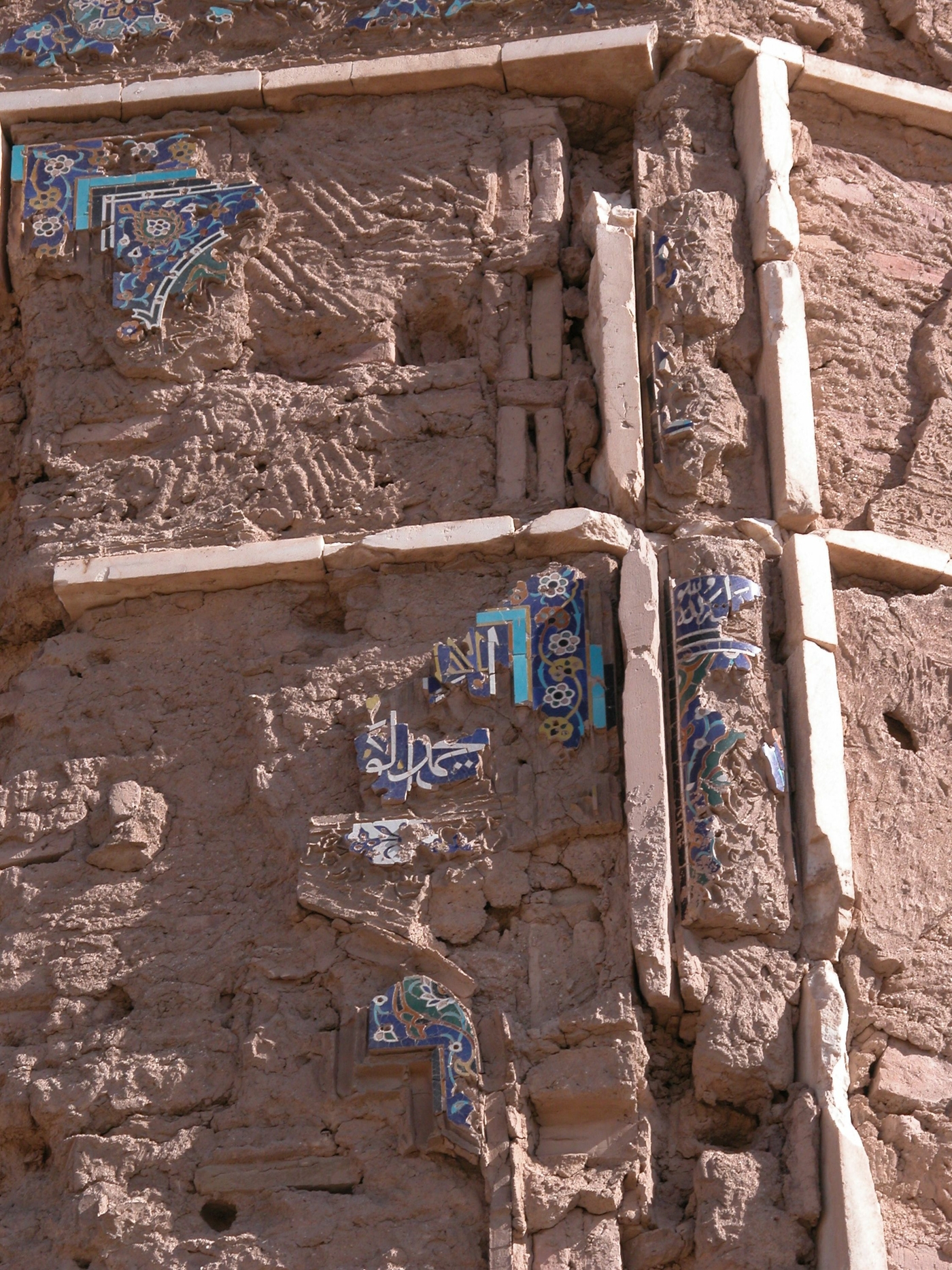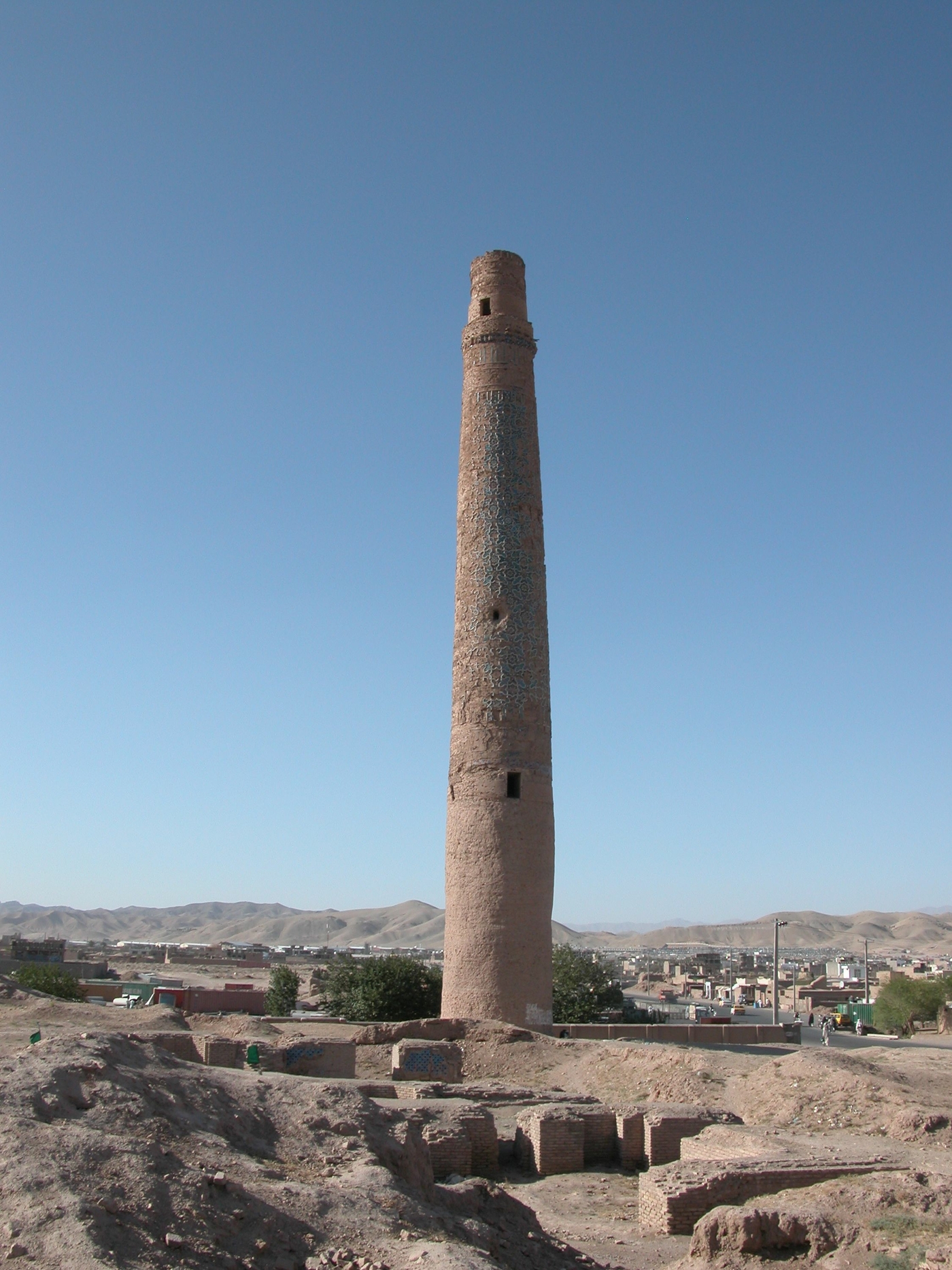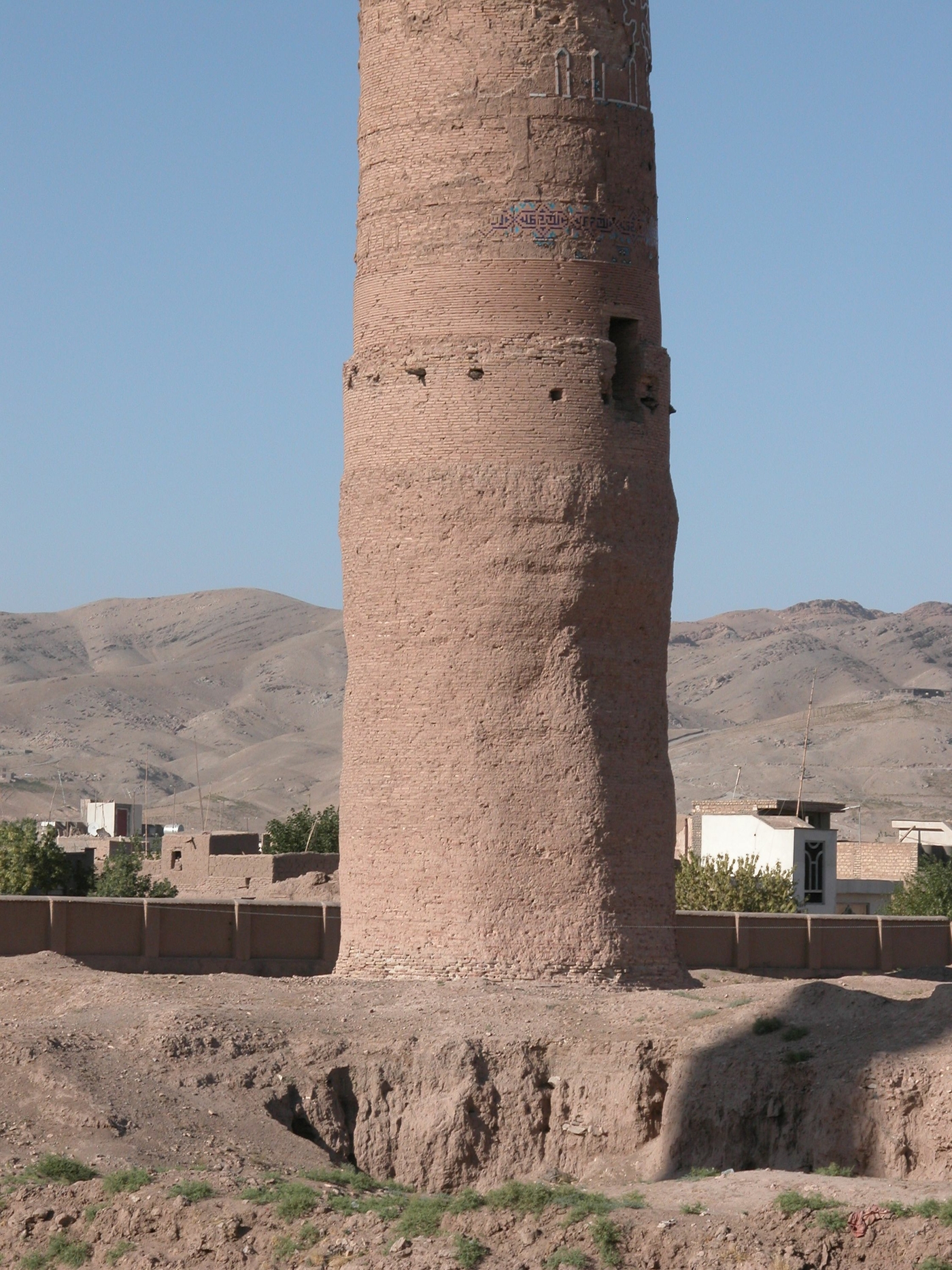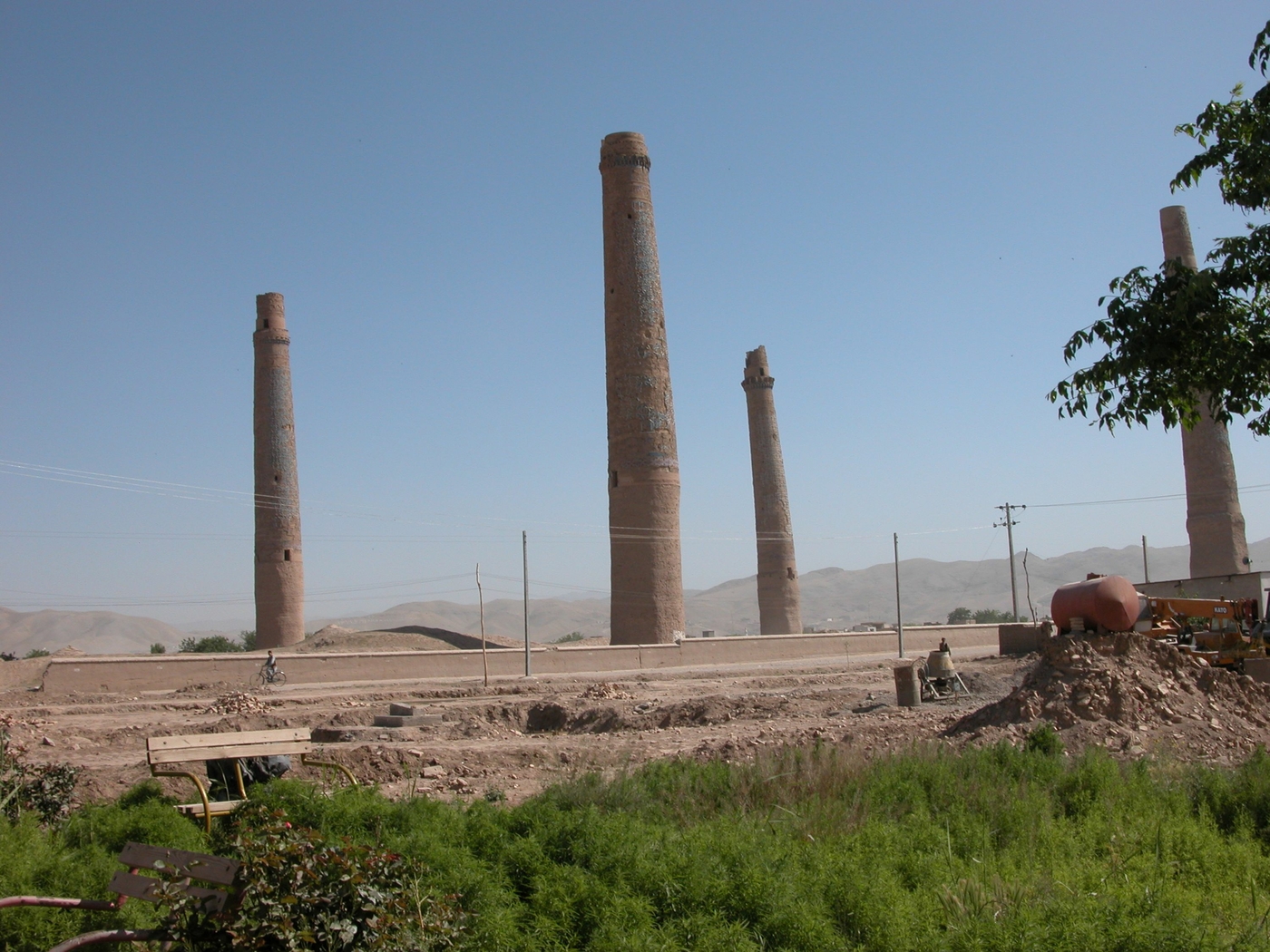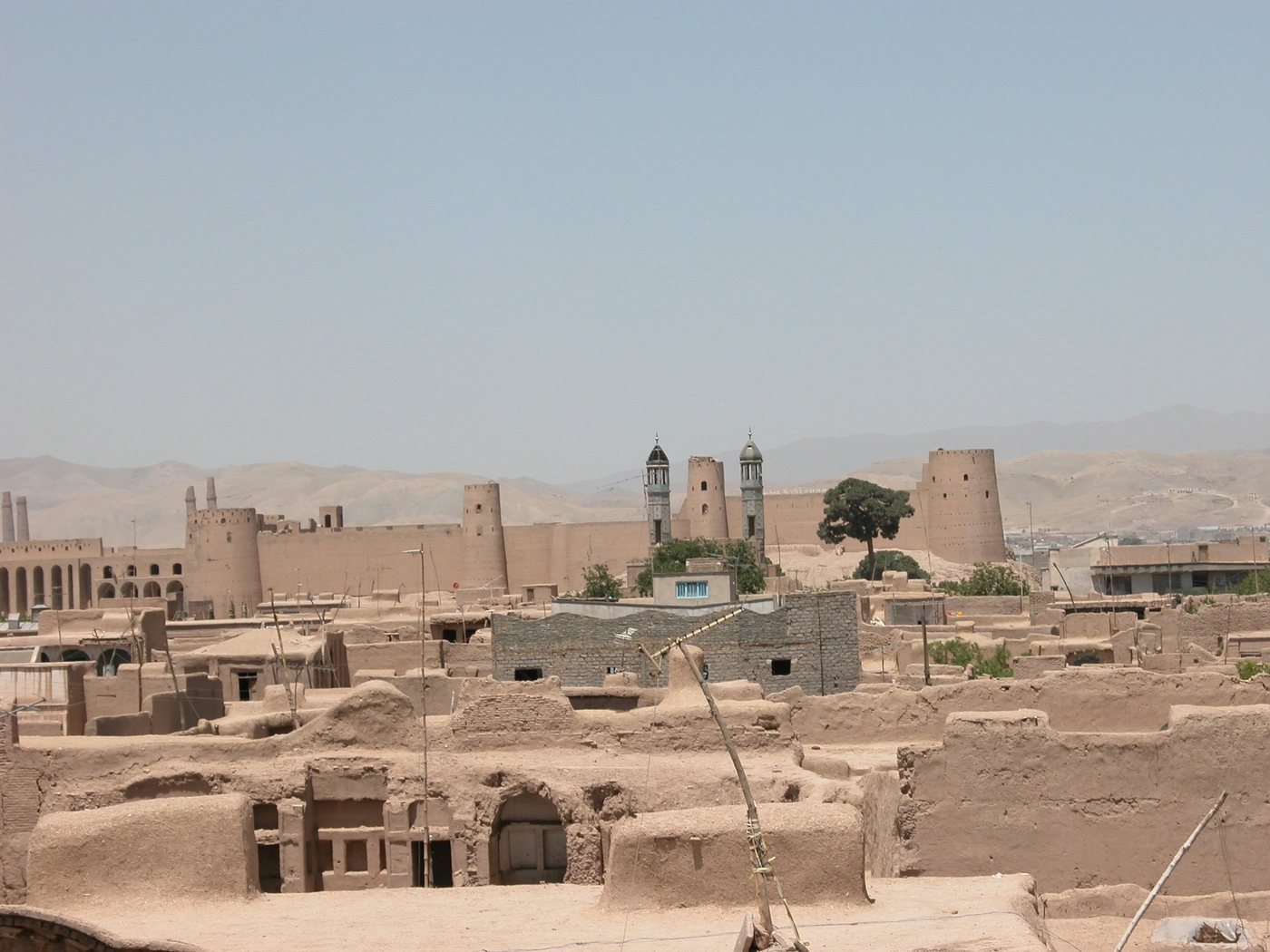Herat
In northwest Afghanistan, Herat, the capital of the province of the same name, stands at a major crossroads between several caravan routes. It was the chief city of the Achaemenid satrapy of Aria. In the 4th century BCE, Alexander the Great founded a new city here: Alexandria of Aria.
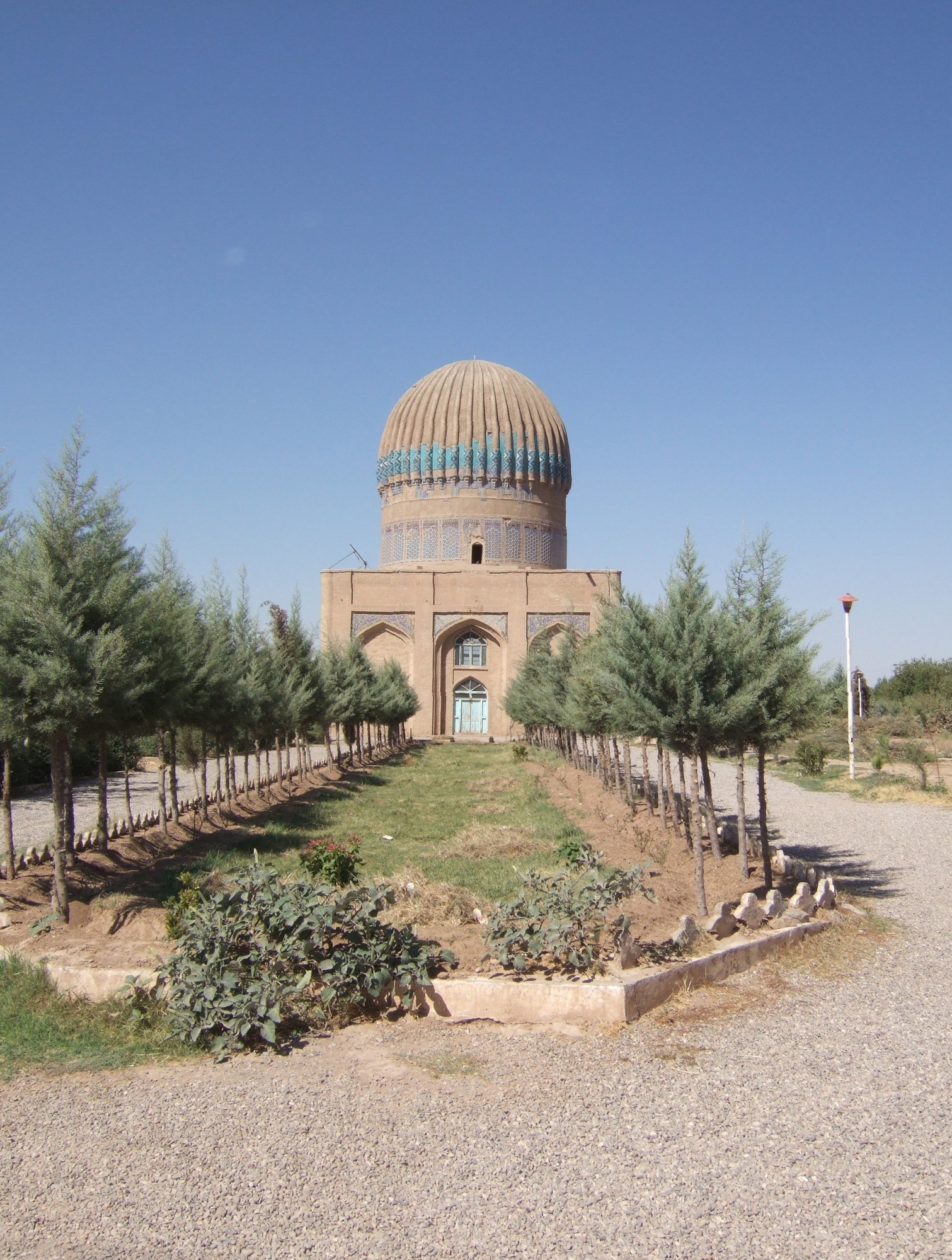
A history lost in the mists of time
Little is known about the city before the arrival of Islam. It was probably centred on a round town that may have been an Achaemenid foundation (7th-4th century BCE), traces of which can still be seen in the urban topography today.
The square city corresponding to the current ancient city is more difficult to date but was probably built after the 4th century BCE. During the Islamic period, the city enjoyed rapid growth and the Tahirid, Samanid and Ghurid dynasties added to its beauty, as attested by remains from this period still visible in the great mosque.
Destruction by Genghis Khan
Conquered by Genghis Khan in 1220, the city’s population was punished mercilessly for rebelling in 1221–1222. According to Muslim chroniclers, no one survived the massacre. However, the city recovered and became, under Timur (1336–1405) and his successors, a prosperous capital and an artistic and cultural centre whose influence spread throughout the Islamic world and beyond to China, India and even Europe.
The monuments of Herat
The great architectural complex of Musalla was build during the Timurid period. It was composed of the madrassa of Sultan Hussain Baiqara, of which only the minarets now remain. Excavations currently under way are expected to shed more light on its organisation. Next to the Musalla, the tomb of Gauhar Shad is a model of Timurid mortuary architecture.
The many sanctuaries and public buildings in and around the city, including the Ansari tomb complex and the buildings around it in the neighbourhood of Gazargah have earned Herat the reputation as the Florence of the Timurid dynasty. Timurid Herat is also famous as the centre of a renowned school of miniaturists, the most famous of which is Behzad (1450–1535).
The city of Herat is a remarkable architectural and urban complex. Nevertheless, the urban fabric of the old town is threatened by unplanned urban growth, the direct consequence of the complex political situation in Afghanistan.


